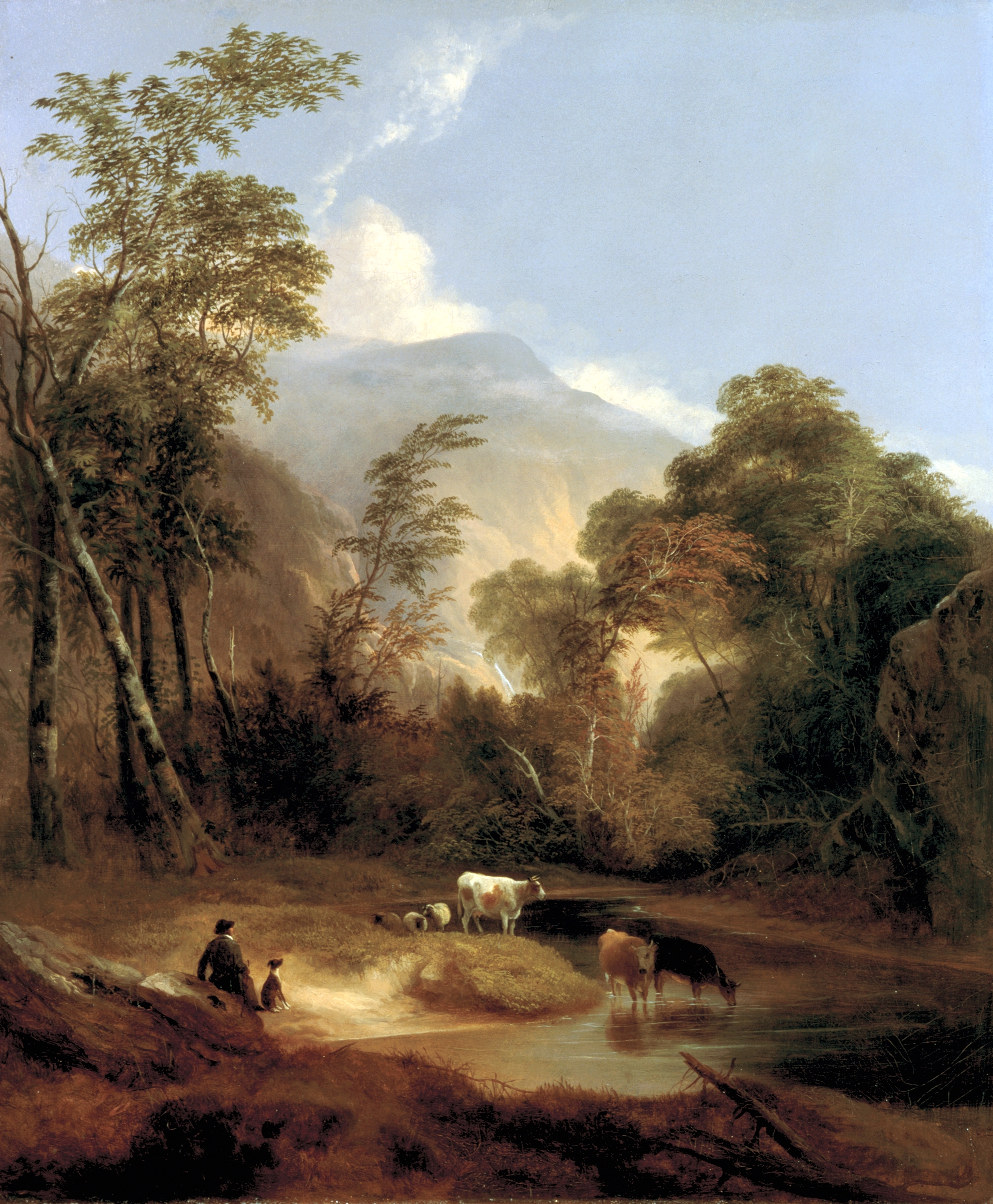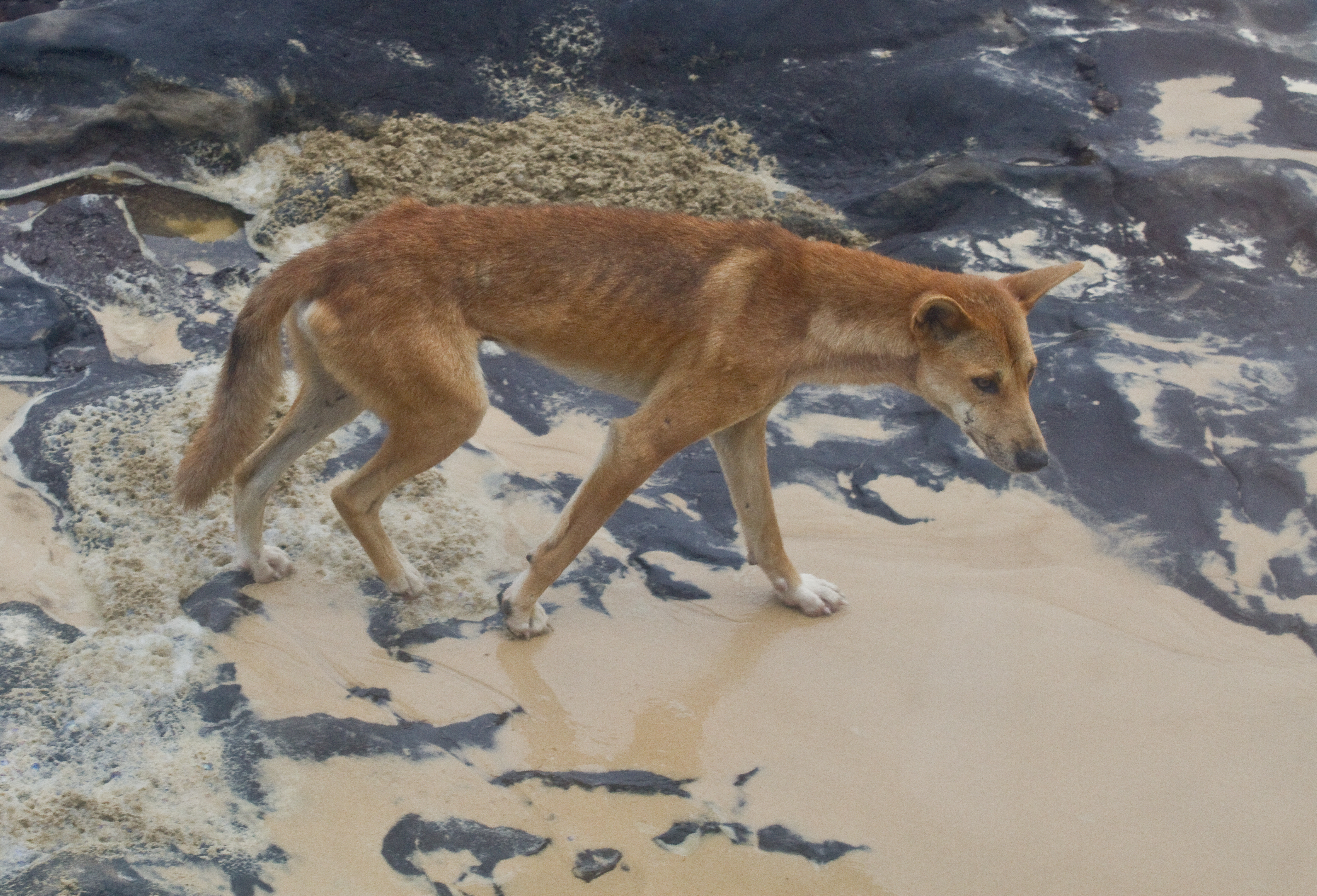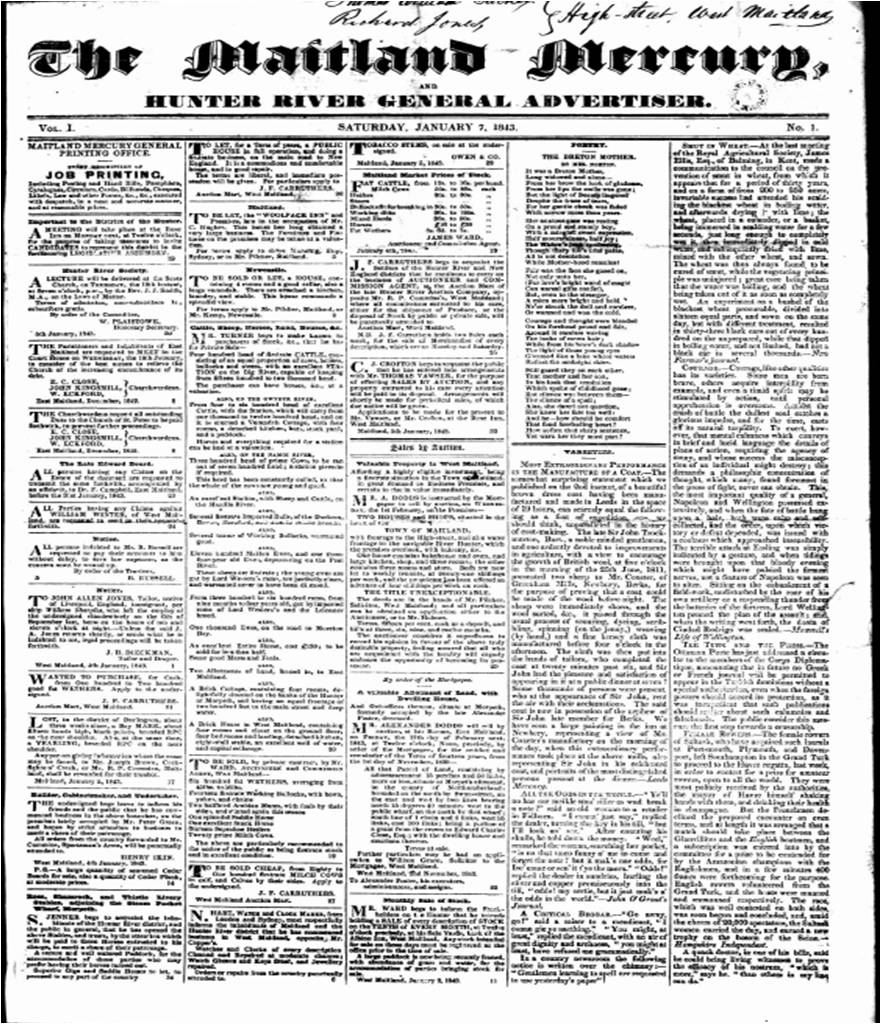|
Salisbury Downs Station
Salisbury Station is a pastoral lease that operates as a sheep station in the outback of New South Wales. It is located approximately north of White Cliffs and north east of Adelaide. The country is composed of sand dunes interspersed with clay pans. Areas of mulga are found on the property as are open downs of cottonbush and saltbush with areas of Queensland blue and Mitchell grasses. Stock can be watered by a large number of smaller ephemeral creeks and Altiboulka Lake which receives floodwaters from the Bulloo River. History Established at some time prior to 1881, it was owned by Lockhart Morton, with 1,000 ewes being stolen from the property the same year. Morton put the property on the market later the same year, the along with adjoining blocks; ''Paroo Plains'' and ''Monolon Peak Downs'' which together had a total area of . The properties were stocked with 5,000 ewes and lambs, the homestead at Salisbury, kitchen, stores and some fencing. A bore was sunk along a stoc ... [...More Info...] [...Related Items...] OR: [Wikipedia] [Google] [Baidu] |
Pastoral Lease
A pastoral lease, sometimes called a pastoral run, is an arrangement used in both Australia and New Zealand where government-owned Crown land is leased out to graziers for the purpose of livestock grazing on rangelands. Australia Pastoral leases exist in both Australian commonwealth law and state jurisdictions. They do not give all the rights that attach to freehold land: there are usually conditions which include a time period and the type of activity permitted. According to Austrade, such leases cover about 44% of mainland Australia (), mostly in arid and semi-arid regions and the tropical savannahs. They usually allow people to use the land for grazing traditional livestock, but more recently have been also used for non-traditional livestock (such as kangaroos or camels), tourism and other activities. Management of the leases falls mainly to state and territory governments. Under Commonwealth of Australia law, applicable only in the Northern Territory, they are agreements ... [...More Info...] [...Related Items...] OR: [Wikipedia] [Google] [Baidu] |
Stock Route
A stock route, also known as travelling stock route (TSR), is an authorised thoroughfare for the walking of domestic livestock such as sheep or cattle from one location to another in Australia. The stock routes across the country are colloquially known as The Long Paddock or Long Paddock. A travelling stock route may often be distinguished from an ordinary country road by the fact that the grassy verges on either side of the road are very much wider, and the property fences being set back much further from the roadside than is usual, or open stretches of unfenced land. The reason for this is so that the livestock may feed on the vegetation that grows on the verges as they travel, especially in times of drought. The rugged remote stock route that follows the Guy Fawkes River through Guy Fawkes River National Park is part of the Bicentennial National Trail. Usage By law, the travelling stock must travel "six miles a day" (approximately 10 kilometres per day). This is to avoid all ... [...More Info...] [...Related Items...] OR: [Wikipedia] [Google] [Baidu] |
Pastoral Leases In New South Wales
A pastoral lifestyle is that of shepherds herding livestock around open areas of Landscape, land according to seasons and the changing availability of water and pasture. It lends its name to a genre of literature, art, and music (pastorale) that depicts such life in an idealized manner, typically for Urban culture, urban audiences. A ''pastoral'' is a work of this genre, also known as bucolic, from the Greek language, Greek , from , meaning a Pastoral farming, cowherd. Literature Pastoral literature in general Pastoral is a Mode (literature), mode of literature in which the author employs various techniques to place the complex life into a simple one. Paul Alpers distinguishes pastoral as a mode rather than a genre, and he bases this distinction on the recurring attitude of power; that is to say that pastoral literature holds a humble perspective toward nature. Thus, pastoral as a mode occurs in many types of literature (poetry, drama, etc.) as well as genres (most notab ... [...More Info...] [...Related Items...] OR: [Wikipedia] [Google] [Baidu] |
Stations (Australian Agriculture)
Station may refer to: Agriculture * Station (Australian agriculture), a large Australian landholding used for livestock production * Station (New Zealand agriculture), a large New Zealand farm used for grazing by sheep and cattle ** Cattle station, a cattle-rearing station in Australia or New Zealand **Sheep station, a sheep-rearing station in Australia or New Zealand Communications * Radio communication station, a radio frequency communication station of any kind, including audio, TV, and non-broadcast uses ** Radio broadcasting station, an audio station intended for reception by the general public ** Amateur radio station, a station operating on frequencies allocated for ham or other non-commercial use ** Broadcast relay station ** Ground station (or Earth station), a terrestrial radio station for extraplanetary telecommunication with satellites or spacecraft ** Television station * Courier station, a relay station in a courier system ** Station of the ''cursus publicus'', a sta ... [...More Info...] [...Related Items...] OR: [Wikipedia] [Google] [Baidu] |
List Of Ranches And Stations
This is a list of ranches and sheep and cattle stations, organized by continent. Most of these are notable either for the large geographic area which they cover, or for their historical or cultural importance. West Africa *Obudu Cattle Ranch * SODEPA cattle ranches in Cameroon Australia ''Station'' is the term used in Australia for large sheep or cattle properties. New South Wales * Borrona Downs Station *Brindabella Station * Caryapundy Station * Cooplacurripa Station * Corona Station *Elsinora *Momba Station * Mount Gipps Station * Mount Poole Station *Mundi Mundi *Nocoleche * Oxley Station *Poolamacca Station *Salisbury Downs Station * Sturts Meadows Station *Thurloo Downs * Toorale Station *Uardry *Urisino *Yancannia Station Northern Territory * Alexandria Station *Ambalindum *Alroy Downs *Amburla *Amungee Mungee *Andado *Angas Downs Indigenous Protected Area *Anthony Lagoon * Argadargada Station *Austral Downs *Auvergne Station * Ban Ban Springs Station *Banka Banka Station ... [...More Info...] [...Related Items...] OR: [Wikipedia] [Google] [Baidu] |
The Sydney Morning Herald
''The Sydney Morning Herald'' (''SMH'') is a daily compact newspaper published in Sydney, New South Wales, Australia, and owned by Nine. Founded in 1831 as the ''Sydney Herald'', the ''Herald'' is the oldest continuously published newspaper in Australia and "the most widely-read masthead in the country." The newspaper is published in compact print form from Monday to Saturday as ''The Sydney Morning Herald'' and on Sunday as its sister newspaper, '' The Sun-Herald'' and digitally as an online site and app, seven days a week. It is considered a newspaper of record for Australia. The print edition of ''The Sydney Morning Herald'' is available for purchase from many retail outlets throughout the Sydney metropolitan area, most parts of regional New South Wales, the Australian Capital Territory and South East Queensland. Overview ''The Sydney Morning Herald'' publishes a variety of supplements, including the magazines ''Good Weekend'' (included in the Saturday edition of ''Th ... [...More Info...] [...Related Items...] OR: [Wikipedia] [Google] [Baidu] |
The Barrier Miner
''The Barrier Miner'' was a daily broadsheet newspaper published in Broken Hill in far western New South Wales from 1888 to 1974. History First published on 28 February 1888, ''The Barrier Miner'' was published continuously until 25 November 1974. Copies are available on microfilm and online via Trove Digitised Newspapers. The paper was revived briefly in 2005; an index to births deaths and marriages has been prepared which also notes additional publication dates between 16 December 2005 and 31 July 2008. The paper closed down for a second time in 2008 with the managing director, Margaret McBride stating that "...due to commercial reasons the paper would no longer service Broken Hill and the region...". ''The Barrier Miner'' served the growing mining community of Broken Hill, when the area was found to have lead ore and traces of silver. It was not until late 1884 or early 1885 that rich quantities of silver were found and the Broken Hill Proprietary Company (BHP) was floated ... [...More Info...] [...Related Items...] OR: [Wikipedia] [Google] [Baidu] |
Dingo
The dingo (''Canis familiaris'', ''Canis familiaris dingo'', ''Canis dingo'', or ''Canis lupus dingo'') is an ancient (Basal (phylogenetics), basal) lineage of dog found in Australia (continent), Australia. Its taxonomic classification is debated as indicated by the variety of scientific names presently applied in different publications. It is variously considered a form of domestic dog not warranting recognition as a subspecies, a subspecies of dog or wolf, or a full species in its own right. The dingo is a medium-sized Canis, canine that possesses a lean, hardy body adapted for speed, agility, and stamina. The dingo's three main coat colourations are light ginger or tan, black and tan, or creamy white. The skull is wedge-shaped and appears large in proportion to the body. The dingo is closely related to the New Guinea singing dog: their lineage split early from the lineage that led to today's domestic dogs, and can be traced back through the Maritime Southeast Asia to Asia. ... [...More Info...] [...Related Items...] OR: [Wikipedia] [Google] [Baidu] |
Sidney Kidman
Sir Sidney Kidman (9 May 18572 September 1935), known as Sid Kidman and popularly named "the Cattle King", was an Australian pastoral farming, pastoralist and entrepreneur who owned or co-owned large areas of land in Australia in his lifetime. Early life Sidney Kidman was born on 9 May 1857 in Adelaide, in the colony of South Australia, the third son of George Kidman (died December 1857), farmer, and his wife Elizabeth Mary, née Nunn. Kidman was educated at private schools in Norwood, South Australia, Norwood and left his home near Adelaide at age 13 with only five shillings and a one-eyed horse that he had bought with his savings. He joined a drover (Australian), drover and learned quickly. He then worked as a roustabout and bullock-driver at Poolamacca Station, Poolamacca cattle station, and Mount Gipps Station. and later as a drover, Stockman (Australia), stockman and livestock trader. He made money trading whatever was needed, and supplying services (transport, goods, a but ... [...More Info...] [...Related Items...] OR: [Wikipedia] [Google] [Baidu] |
Sydney Mail And New South Wales Advertiser
''The Sydney Mail'' was an Australian magazine published weekly in Sydney. It was the weekly edition of ''The Sydney Morning Herald'' newspaper and ran from 1860 to 1938. History ''The Sydney Mail'' was first published on 17 July 1860 by John Fairfax and Sons. In 1871 the magazine was renamed for the first time, and it was published as ''The Sydney Mail and New South Wales Advertiser'' from 1871 to 1912. In 1912 it reverted to its original name, ''The Sydney Mail'', and was published under this masthead until 28 December 1938 when the magazine ceased publication. It was published on a weekly basis and became known for its illustrations. Earlier titles ''The Sydney Mail'' had absorbed another John Fairfax publication when it began in 1860, the ''Shipping Gazette and Sydney General Trade List'', which was first published in 1844 by Charles Kemp and John Fairfax and at that time absorbed the ''Sydney General Trade List''. This was the final title of the ''List'', which began pub ... [...More Info...] [...Related Items...] OR: [Wikipedia] [Google] [Baidu] |
The Maitland Weekly Mercury
The ''Maitland Mercury'' is Australia's third oldest regional newspaper, preceded only by the ''Geelong Advertiser'' (estab. 1840) and the ''Launceston Examiner'' (estab. 1842). The ''Maitland Mercury'' was established in 1843 when it was called ''The Maitland Mercury and Hunter River General Advertiser''. ''The Maitland Mercury'' is still in circulation serving the city of Maitland and the surrounding Lower Hunter Valley. These days the Maitland Mercury has a weekly print edition which appears on Fridays. History It was originally a weekly newspaper, founded by Richard Jones, an English migrant from Liverpool who also served as treasurer of NSW for a brief period. The first issue was published as ''The Maitland Mercury and Hunter River General Advertiser'' on 7 January 1843. It has been a daily since 1894. when it was issued under two banners as ''The Maitland Daily Mercury'' during the week and ''The Maitland Weekly Mercury'' on Saturdays. From 1870 to 1873, Margaret Falls ... [...More Info...] [...Related Items...] OR: [Wikipedia] [Google] [Baidu] |
The Argus (Melbourne)
''The Argus'' was an Australian daily morning newspaper in Melbourne from 2 June 1846 to 19 January 1957, and was considered to be the general Australian newspaper of record for this period. Widely known as a conservative newspaper for most of its history, it adopted a left-leaning approach from 1949. ''The Argus''s main competitor was David Syme's more liberal-minded newspaper, ''The Age''. History The newspaper was originally owned by William Kerr, who was also Melbourne's town clerk from 1851–1856 and had been a journalist at the ''Sydney Gazette'' before moving to Melbourne in 1839 to work on John Pascoe Fawkner's newspaper, the '' Port Phillip Patriot''. The first edition was published on 2 June 1846. The paper soon became known for its scurrilous abuse and sarcasm, and by 1853, after he had lost a series of libel lawsuits, Kerr was forced to sell the paper's ownership to avoid financial ruin. The paper was then published by Edward Wilson. By 1855, it had a daily c ... [...More Info...] [...Related Items...] OR: [Wikipedia] [Google] [Baidu] |





.jpg)
